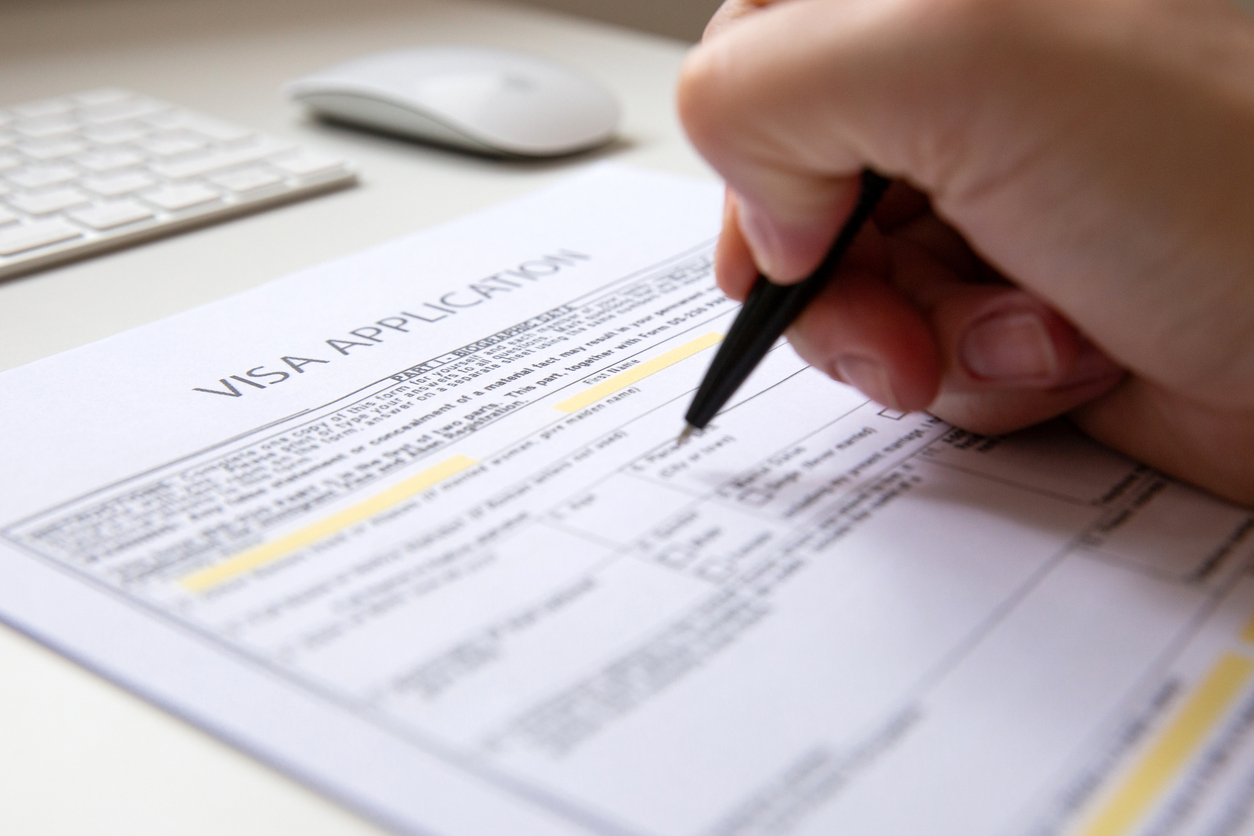Submitting immigration paperwork is already a high-stress task. You spend hours gathering documents, filling in dates, and double-checking your answers only to realize after submitting that something is wrong.
Whether you entered a wrong date, missed a signature, or selected the incorrect visa category, the fear of denial or delay is real. But don’t panic. Many mistakes can be corrected if you act quickly.
Here’s what you need to know about fixing immigration form errors, what options are available based on your case status, and how Brudner Law helps you avoid these mistakes in the first place.
Common Mistakes People Make on Immigration Forms
It’s more common than you think. Some of the most frequent errors that cause delays or trigger Requests for Evidence (RFEs) include:
- Misspelled names or incorrect birthdates
- Wrong visa or green card category selected
- Forgetting to sign the form
- Incorrect dates for travel, entry, or residency
- Missing or misfiled supporting documents
- Using outdated versions of USCIS forms
Even small issues—like listing the wrong address—can result in notices being sent to the wrong place or applications being delayed.
Need help reviewing or correcting your immigration paperwork?
Can You Fix a Mistake After Filing?
Yes, you can fix an error but the right approach depends on the type of mistake and where your application is in the process.
If USCIS has not yet processed your application, it is usually not possible to make a correction. You would need to wait to get a receipt number to reference your case by calling the USCIS Contact Center.
In general:
- Early-stage errors (like a typo in your name or address): Most likely would not be able to fix.
- Errors found after receipt notice: Usually require calling the USCIS contact center and sending a mailed correction request, including your full name, A-number, and receipt number.
- Errors after approval: May require Form I-824, which requests further action on an approved application, such as correcting a notice or resending documentation.
Visit the USCIS website for official guidance on case updates and address changes.
How to Request a Correction from USCIS
Depending on the situation, here are your main options for requesting corrections:
- Call the USCIS Contact Center
If the case is still in the early stages of processing and you have a receipt number, you might be able to correct a minor mistake (e.g., an address typo), by calling USCIS. - Submit a Written Request
For more significant errors—like a wrong immigration category or missing documents—send a letter to the USCIS field office or service center that received your case. Include:
- Full legal name
- A-number (if available)
- Receipt number
- Description of the error and what it should say
- Use Form I-824
This form requests an official action on a previously approved case; useful if USCIS issued a notice with incorrect details or if the mistake affects post-approval steps like consular processing. - Respond to a Request for Evidence (RFE)
If you receive a Request for Evidence (RFE) related to the error, respond fully and clearly. This is your opportunity to clarify or correct mistakes before a final decision is made.
See what to do if you receive an RFE with Brudner Law’s help.
What If Your Application Is Denied Because of a Mistake?
If your immigration petition or application is denied due to a correctable mistake, you may have legal options but time is limited.
- Appeal the decision
Some decisions are appealable through the Administrative Appeals Office (AAO) or the Board of Immigration Appeals (BIA) depending on the case type. - File Form I-290B
This form allows you to file a Motion to Reopen or Reconsider a USCIS decision. A Motion to Reopen presents new facts or documents. A Motion to Reconsider asks USCIS to review the decision based on existing evidence and legal standards. - Refile your application
If your case isn’t eligible for appeal or a motion, starting fresh may be your best option, but it comes with new fees, wait times, and documentation.
You only have 30 days to act on most appeals, so timing is everything.
How Brudner Law Helps You Avoid Costly Delays
At Brudner Law, we take the guesswork and stress out of immigration paperwork. Our team:
- Reviews every form before it’s filed to ensure accuracy and compliance
- Prepares supporting documents that match your case strategy
- Follows up after submission to catch processing issues early
- Assists with correction letters, RFEs, or motions if a mistake is discovered after filing
Whether you’re applying for a green card, visa, work permit, or citizenship, we help make sure your paperwork works for you—not against you.
Explore our immigration legal services to start fixing your forms with a lawyer’s help.
Don’t Wait Until It’s Too Late
Immigration paperwork leaves little room for error. But mistakes happen. The important thing is how you respond and how quickly.
Correcting a typo might be easy. Fixing a bigger issue may require strategy, forms, and legal support. Either way, the sooner you act, the better your chances of avoiding a denial.
Think you may have filed an immigration form with a mistake? Contact Brudner Law today. We’ll help you correct the error, protect your application, and move forward with confidence.






